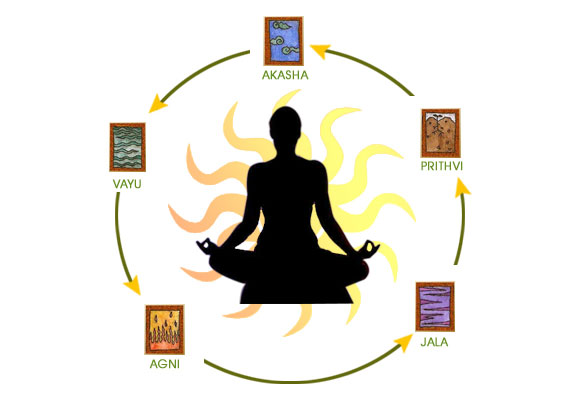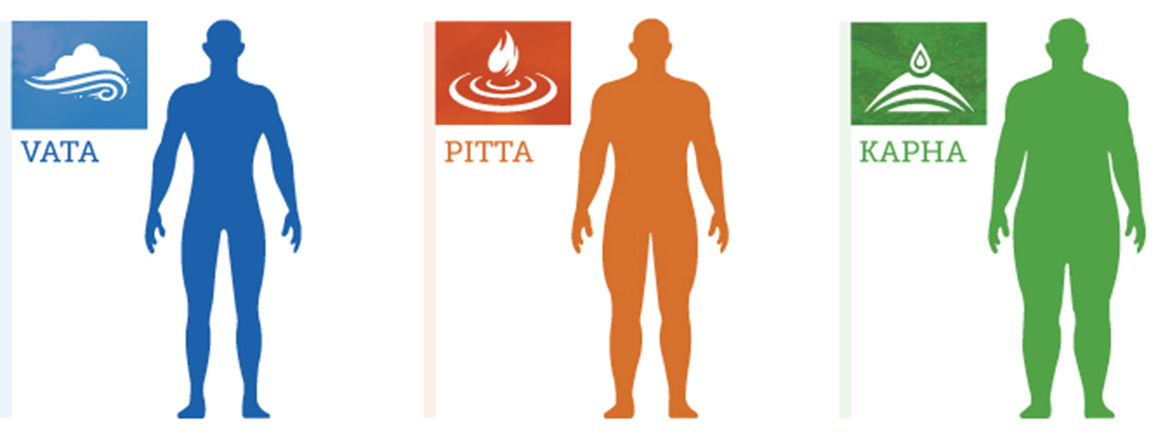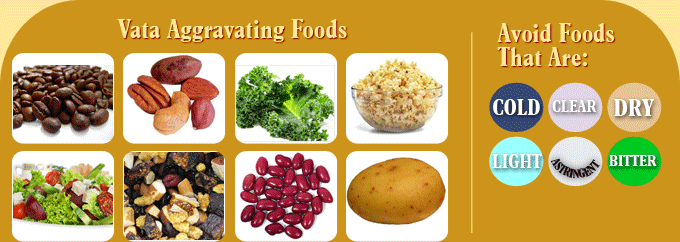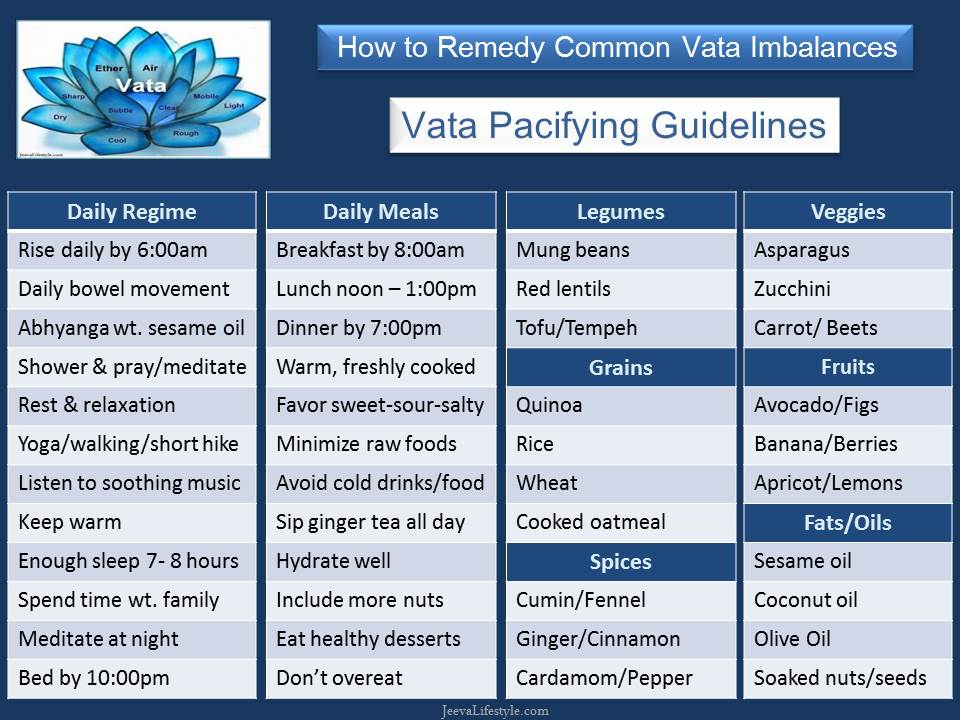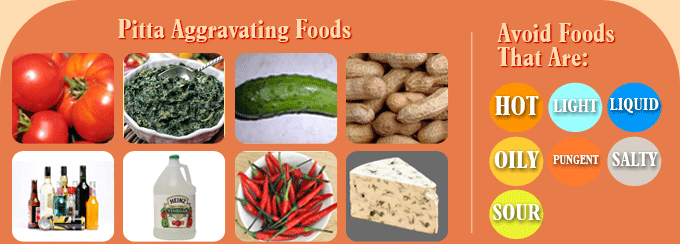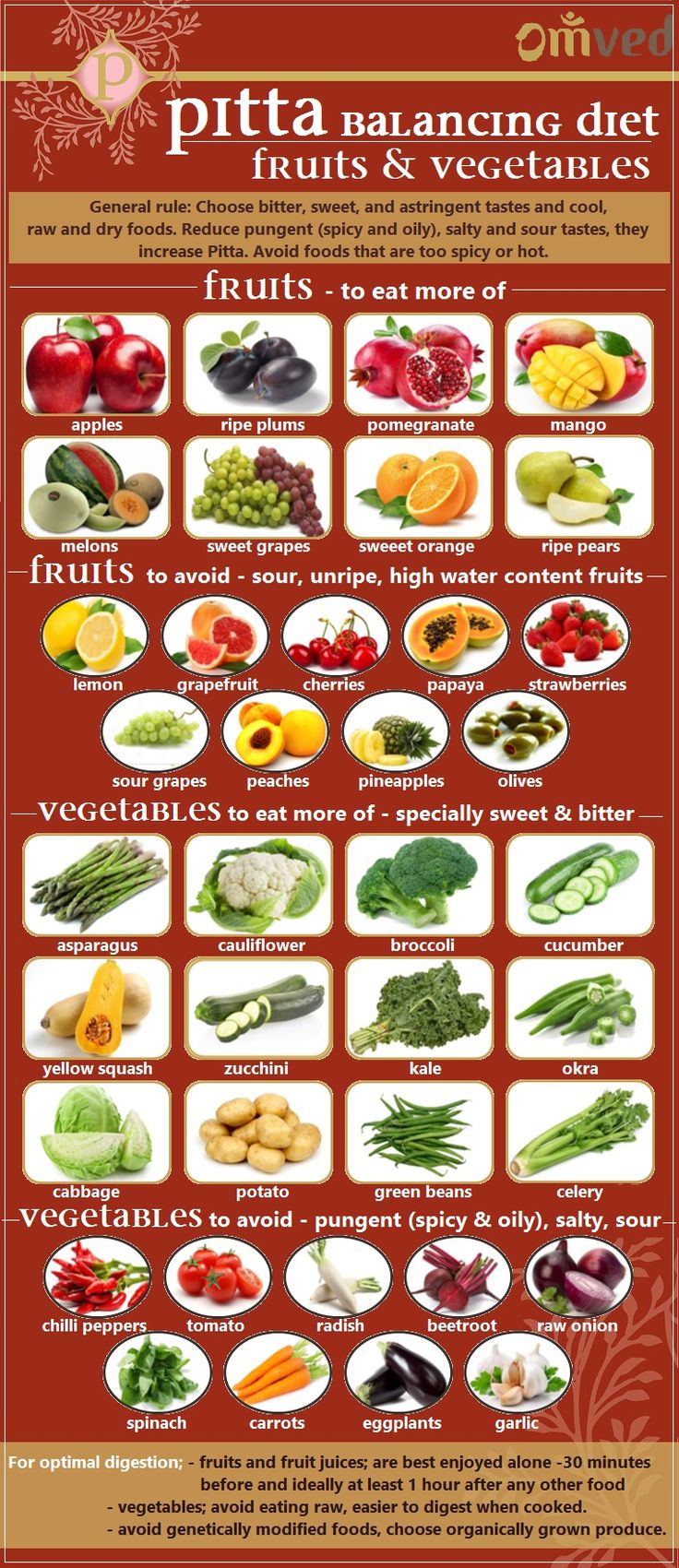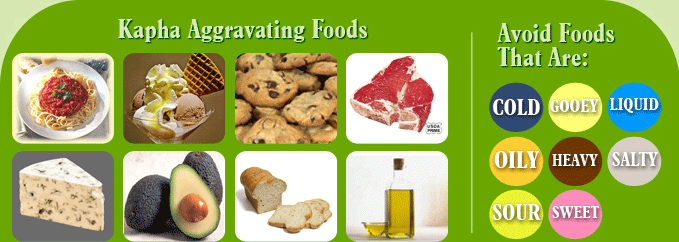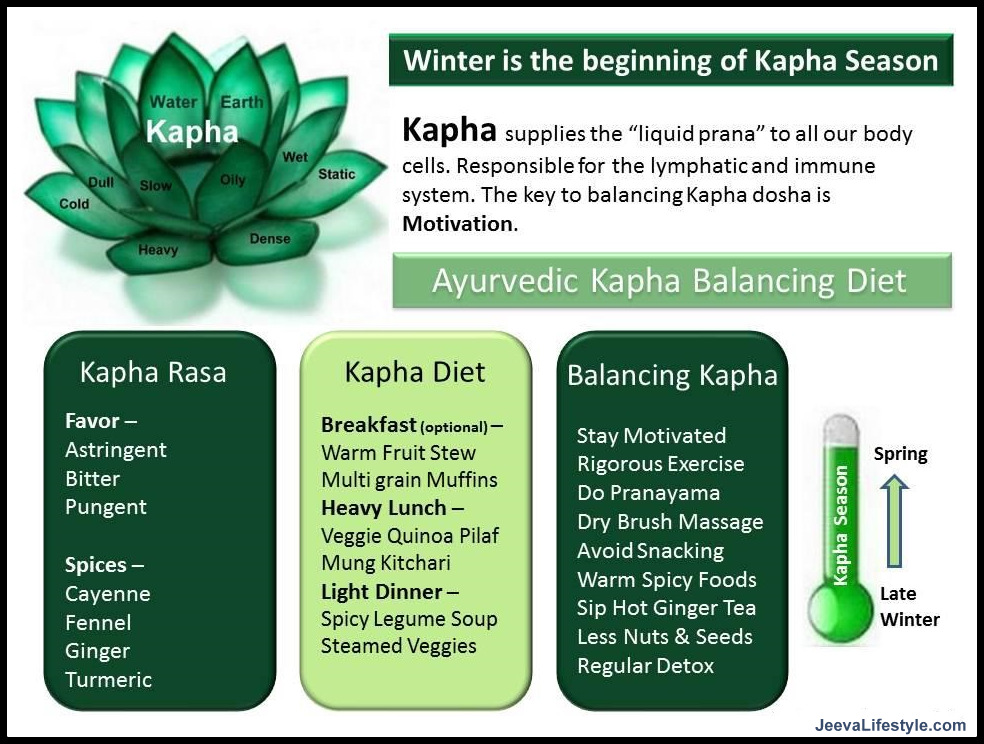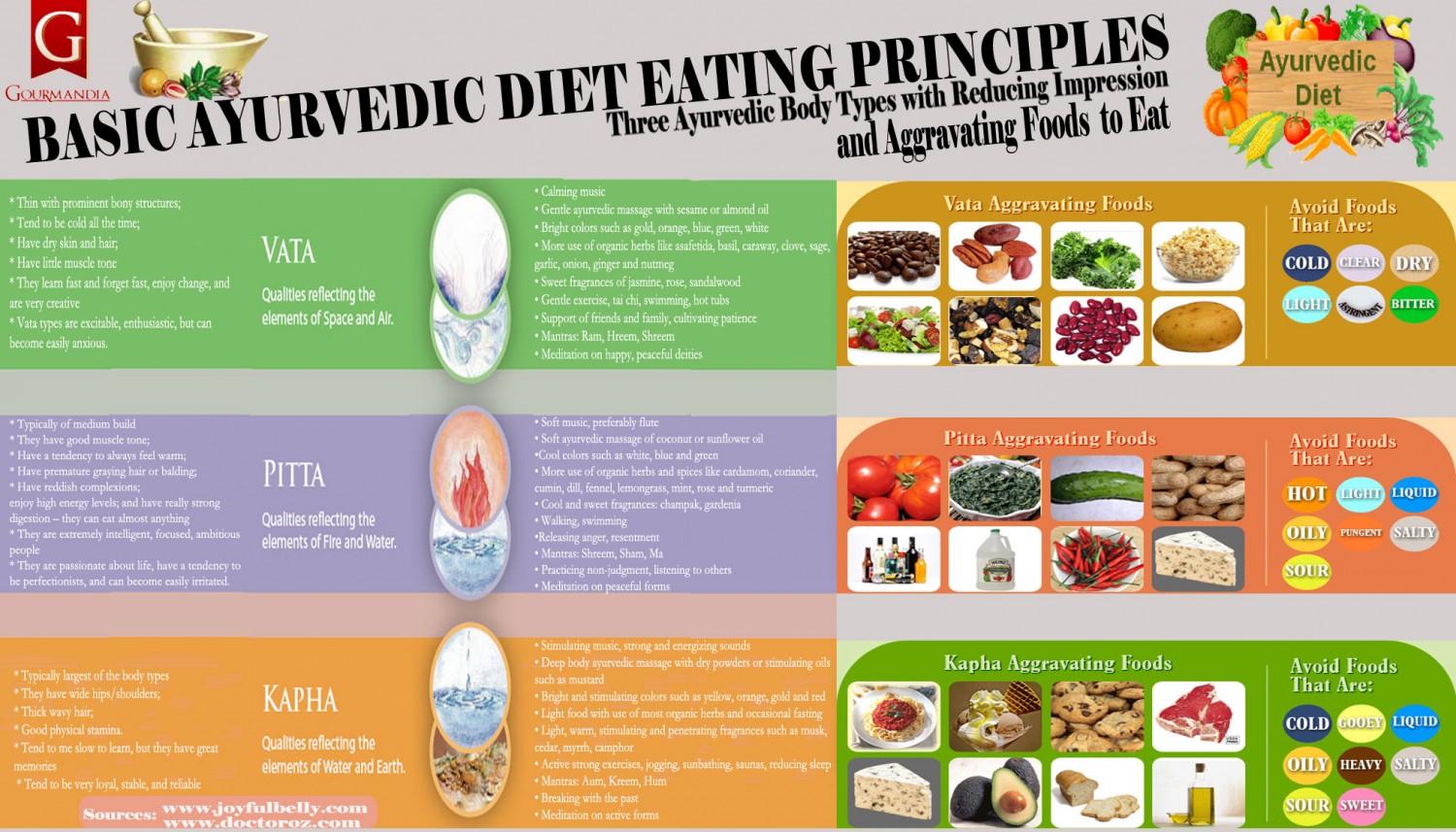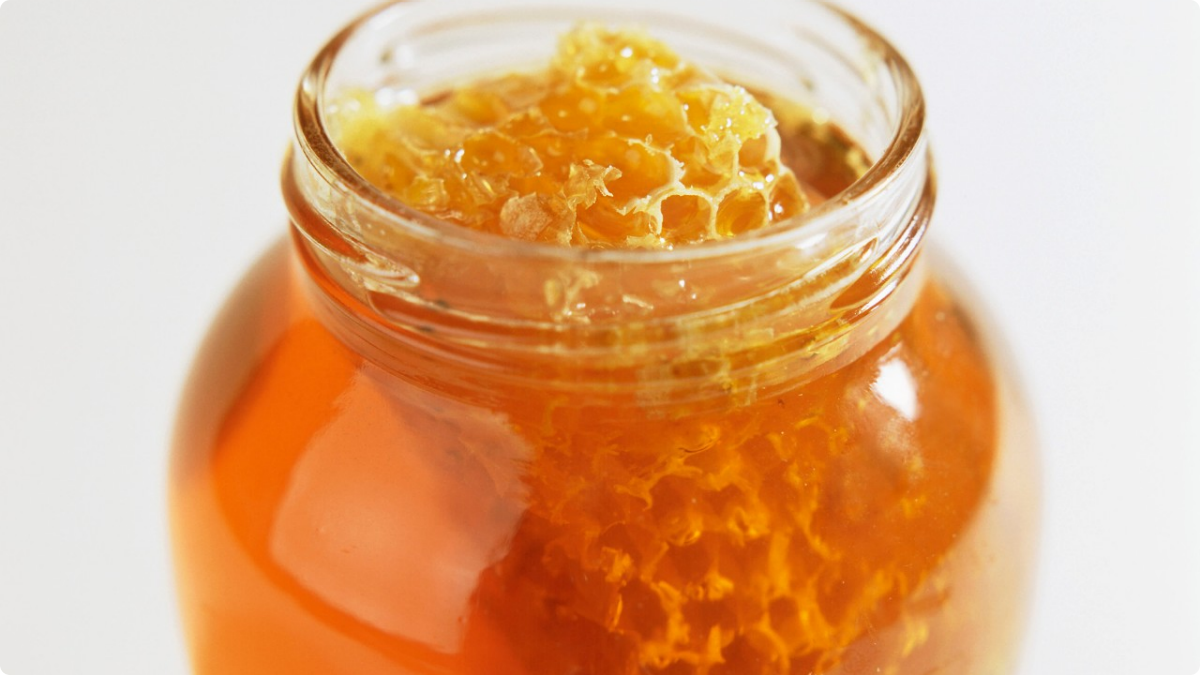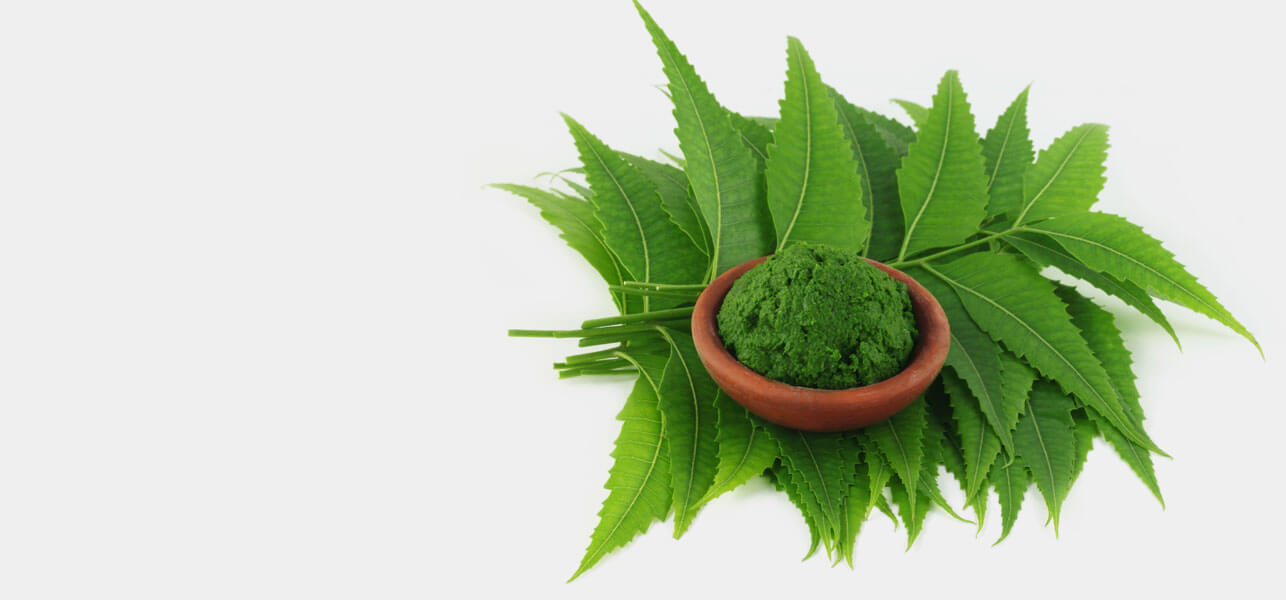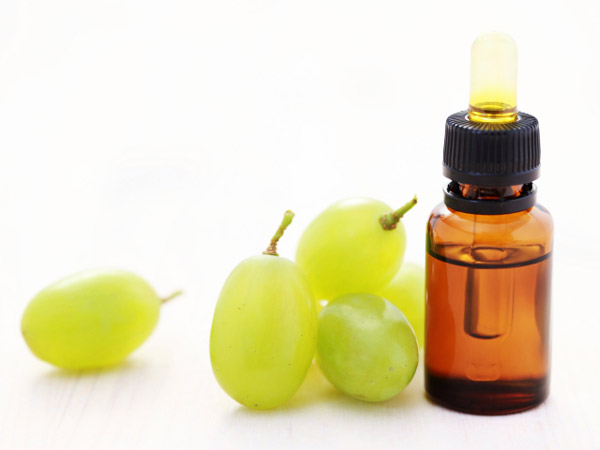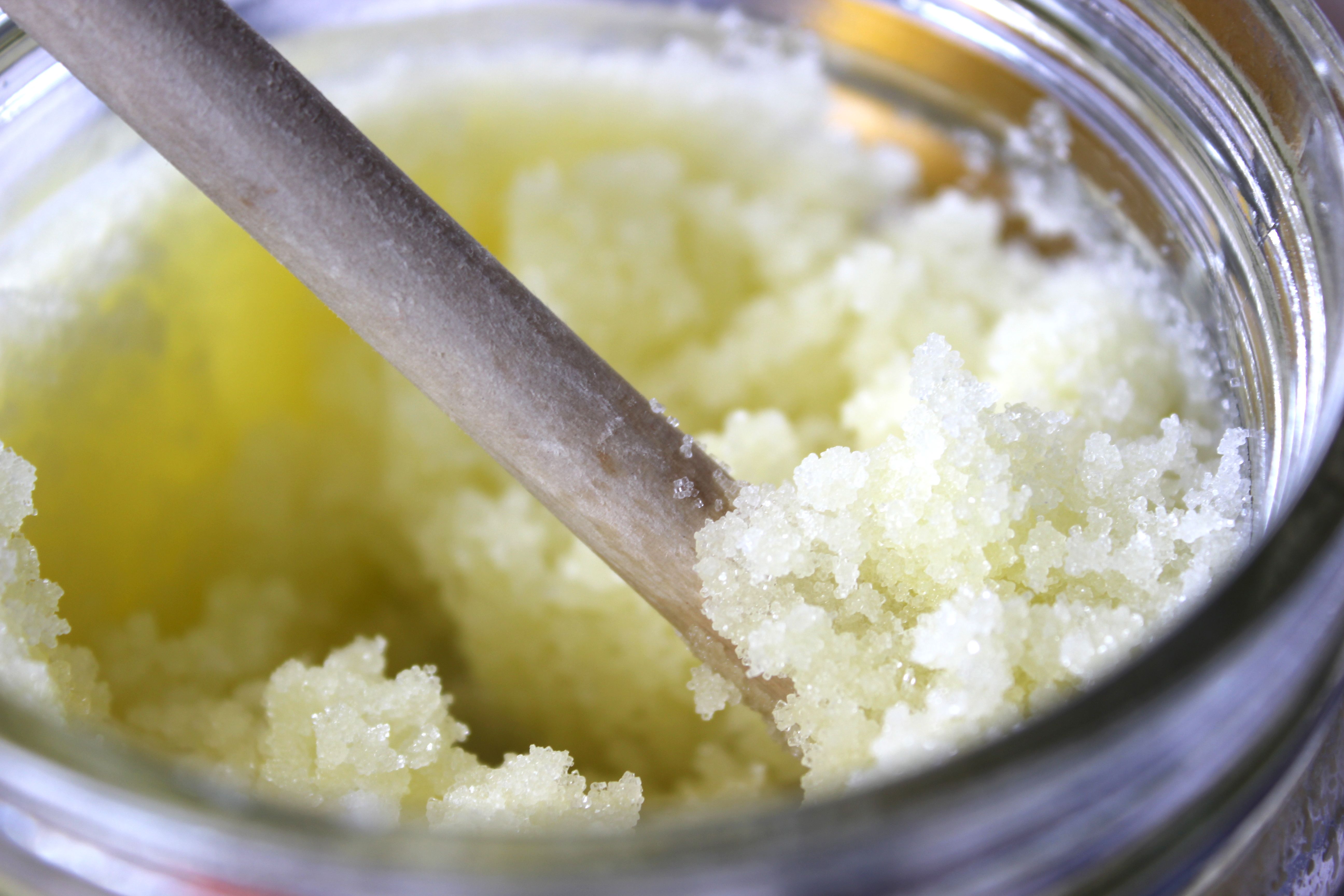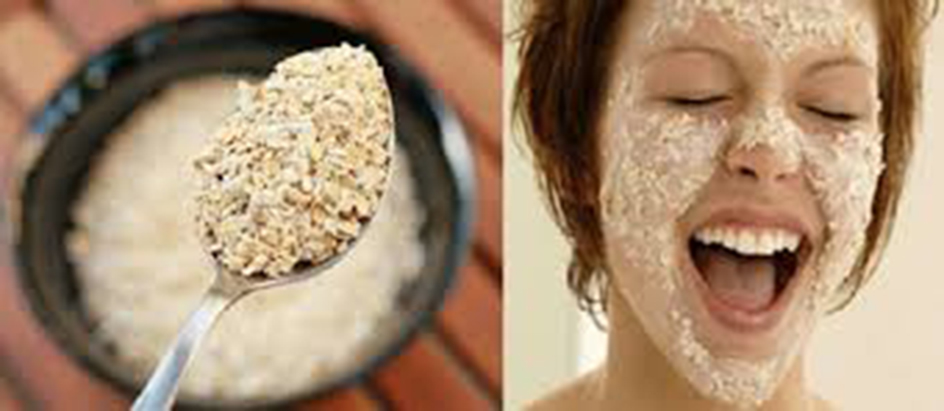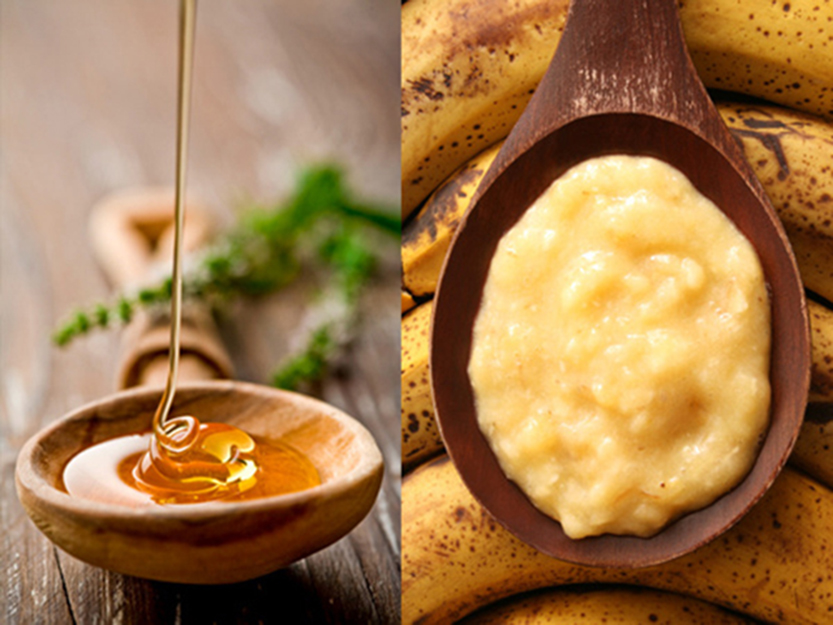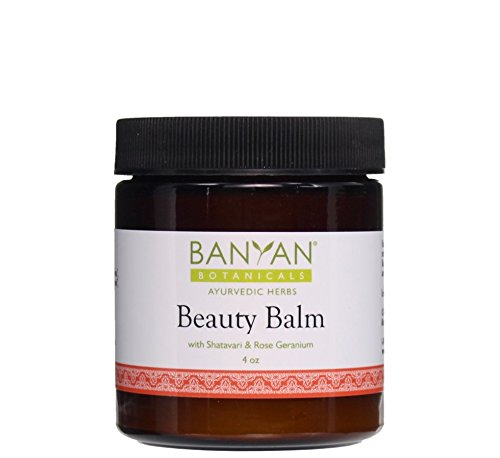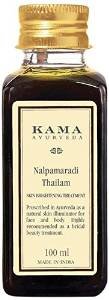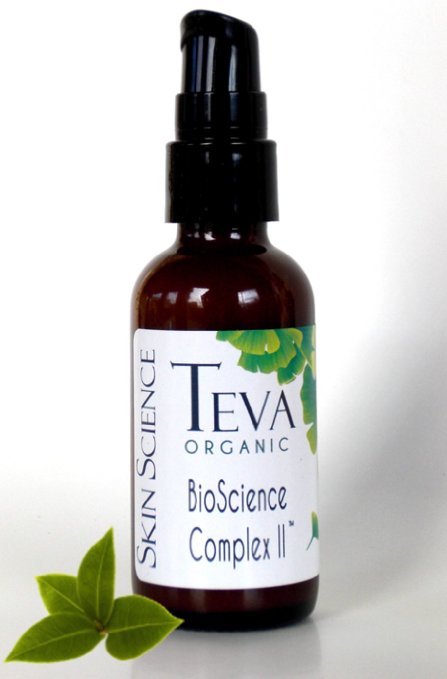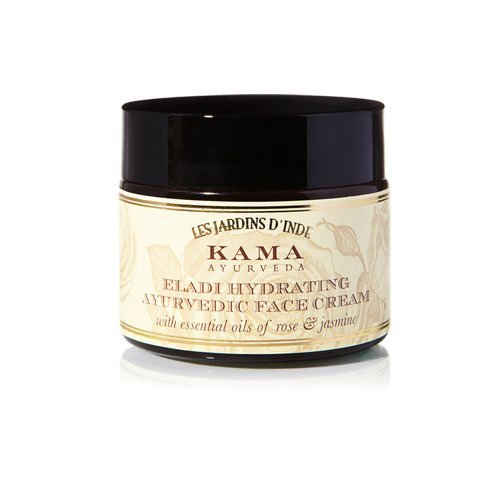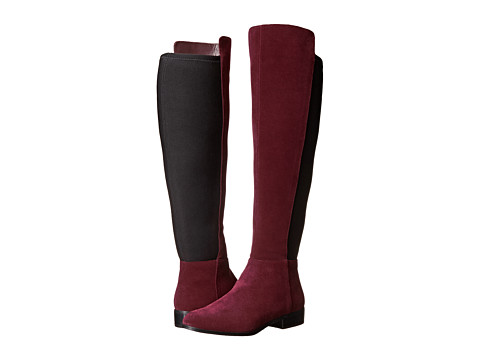Ayurveda the consciousness way to heal
Ayurveda
This week 209 we are sharing the Ayurvedic system for beauty and total wellness. This amazing system has been around for thousands of years with tremendous success all the way through.We would like to take a moment to thank all the followers for their support. Without your Likes and shares the blog wouldn’t be here. We are so grateful!! Thank you from all of us at Isabel’s Beauty Blog.
I personally love the system and as we speak I am going to the Chopra center for the full wellness program. Many people when they are approached to find their type on ayurveda don’t like it, and hey, I understand that for most part people like to be individuals, never the less we can go through what the system is and make a common denominator don’t you agree? If this still doesn’t agree with you at least now you have the knowledge no matter what adds to your cultural library, is that better?
Please enjoy the post and like and share, please it is so important for social media,Thank you ahead of time for doing so, from all of us.
From: http://www.chopra.com/our-services/ayurveda
Ayurveda is a 5,000-year-old system of natural healing that has its origins in the Vedic culture of India. Although suppressed during years of foreign occupation, Ayurveda has been enjoying a major resurgence in both its native land and throughout the world. Tibetan medicine and Traditional Chinese Medicine both have their roots in Ayurveda. Early Greek medicine also embraced many concepts originally described in the classical ayurvedic medical texts dating back thousands of years.
More than a mere system of treating illness, Ayurveda is a science of life (Ayur = life,Veda = science or knowledge). It offers a body of wisdom designed to help people stay vital while realizing their full human potential. Providing guidelines on ideal daily and seasonal routines, diet, behavior and the proper use of our senses, Ayurveda reminds us that health is the balanced and dynamic integration between our environment, body, mind, and spirit.
Recognizing that human beings are part of nature, Ayurveda describes three fundamental energies that govern our inner and outer environments: movement, transformation, and structure. Known in Sanskrit as Vata (Wind), Pitta (Fire), and Kapha (Earth), these primary forces are responsible for the characteristics of our mind and body. Each of us has a unique proportion of these three forces that shapes our nature. If Vata is dominant in our system, we tend to be thin, light, enthusiastic, energetic, and changeable. If Pitta predominates in our nature, we tend to be intense, intelligent, and goal-oriented and we have a strong appetite for life. When Kapha prevails, we tend to be easy-going, methodical, and nurturing. Although each of us has all three forces, most people have one or two elements that predominate.
For each element, there is a balanced and imbalance expression. When Vata is balanced, a person is lively and creative, but when there is too much movement in the system, a person tends to experience anxiety, insomnia, dry skin, constipation, and difficulty focusing as some of the main discomfort. When Pitta is functioning in a balanced manner, a person is warm, friendly, disciplined, a good leader, and a good speaker. When Pitta is out of balance, a person tends to be compulsive and irritable and may suffer from indigestion or an inflammatory condition. When Kapha is balanced, a person is sweet, supportive, and stable but when Kapha is out of balance, a person may experience sluggishness, weight gain, and sinus congestion.
An important goal of Ayurveda is to identify a person’s ideal state of balance, determine where they are out of balance, and offer aid using diet, herbs, aromatherapy, massage treatments, music, and Meditation to reestablish balance.
According to Ayurvedic theory, everything in the universe — living or not — is connected. Good health is achieved when your mind, body, and spirit are in harmony with the universe. A disruption of this harmony can lead to poor health and and emotional invariance.
For followers of Ayurveda, anything that affects your physical, spiritual, or emotional well-being can cause you to be out of balance with the universe. Some things that can cause a disruption include:
- genetic or birth defects
- injuries
- climate and seasonal changes
- age
- emotions
How your body works to keep you healthy and your unique physical and psychological characteristics combine to form your body’s constitution, or prakriti. Your prakriti is believed to stay the same for your entire life. However, how you digest food and eliminate waste can influence it.
Every person is made of a combination of five basic elements found in the universe:
- space
- air
- fire
- water
- earth
These elements combine in the human body to form three life forces or energies, called doshas. They control how your body works. The three doshas are:
- vata dosha (space and air)
- pitta dosha (fire and water)
- kapha dosha (water and earth)
Everyone inherits a unique mix of the three doshas. One dosha is usually more dominant. Each dosha controls a different body function. It is believed that your chances of getting sick are linked to the balance of your doshas.
Body Types in Ayurveda
Don’t know your dosha?
learn your dosha here
Vata: Movement and Change
If Vata dosha predominates, movement and change are characteristic of your nature. You will tend to always be on the go, with an energetic and creative mind. As long as Vata is in balance, you will be lively and enthusiastic, with a lean body.
If excessive stress in your life leads to your Vata force becoming imbalanced, your activity will start to feel out of control. Your mind may race, contributing to anxiety and insomnia. You may start skipping meals, resulting in unintended weight loss, and your digestion may become irregular. If you notice these early symptoms of a Vata imbalance, slow down, take time to meditate, don’t skip meals, and get to bed earlier. A regular lifestyle routine helps ground Vata so you are not carried away into the ethers.
Understanding Vata: Minimize Stress and Feed Your Creativity
Vata governs movement in the body, the activities of the nervous system, and the process of elimination.
Qualities of Vata:
- Cold
- Light
- Dry
- Irregular
- Rough
- Moving
- Quick
- Changeable
Physical Characteristics
Those with a predominance of Vata dosha usually have a thin, light frame and excellent agility. Their energy comes in bursts and they are likely to experience sudden bouts of fatigue. Vatas typically have dry skin and hair and cold hands and feet. They sleep lightly and their digestion can be sensitive. When the Vata dosha becomes imbalanced, it manifests in the body as weight loss, constipation, hypertension, arthritis, weakness, restlessness, and digestive challenges.
Emotional Characteristics
Vatas love excitement and new experiences. They are quick to anger but also to forgive. When Vatas are in balance, they are energetic, creative, and flexible. They also take initiative and are lively conversationalists. When unbalanced, they are prone to worry and anxiousness and often suffer from insomnia. When they feel overwhelmed or stressed, their response is, “What did I do wrong?”
How to Balance Vata
If excessive stress in your life leads to your Vata force becoming imbalanced, your activity will start to feel out of control. Your mind may race, contributing to anxiety and insomnia. You may start skipping meals, resulting in unintended weight loss, and your digestion may become irregular. If you notice these early symptoms of a Vata imbalance, slow down, take time to meditate, don’t skip meals, and get to bed earlier. A regular lifestyle routine helps ground Vata so you’re not carried away into the ethers.
Vata is cold, light, irregular, dry, and always changing. To balance Vata, make choices that bring warmth, stability, and consistency to your life. Try to get to bed before 10 p.m., wake up by 6 a.m., and eat your meals at regular times.
Avoid becoming chilled. Wear adequate clothing appropriate for the season and keep your head covered when the weather is cold.
Perform a daily self-Abhy massage using warmer, heavier oils like sesame and almond.
Stick with light exercise that enhances balance and flexibility. Take care not to push yourself too far and exceed the limits of your energy. Beneficial activities for Vatas include:
- Yoga
- Qi Gong
- Tai Chi
- Walking
- Short hikes
- Light bicycling
- Light tennis
- Golf
- Dance
- Aerobics
Drink ginger tea. Fresh ginger root is beneficial and can be used frequently. During the cool weather, sip ginger tea throughout the day.
Be certain that your bowels move regularly on a daily basis.
Favor soothing, calming music.
Touch and be touched regularly by the people you love, and schedule regular massage treatments.
Favor warm colors in your clothing and environment such as earth colors, pastels, browns, and warm yellows.
Favor aromas that are sweet, heavy, and warm. Examples include basil, bay, cinnamon, citrus, cloves, frankincense, lavender, pine, sage, and vanilla.
Nutritional Guidelines for Vata
According to Ayurveda, it’s important to eat foods that have a balancing effect on the dominant dosha, or that will pacify (stabilize) a dosha that has become excessive or aggravated. Since Vata is drying, cooling and light, you shold favor foods that are oily, warming, or heavy. The best tastes to pacify Vata are sweet, salty, and sour. Minimize foods that are pungent, bitter, or astringent.
Recommendations:
Eat larger quantities, but don’t overeat. This helps to balance the lightness of Vata.
Take sweeteners in moderation. They all help to pacify Vata.
Fats and oils are beneficial in the digestive system and help reduce Vata. Use up to three teaspoons daily of ghee or extra virgin olive oil.
All low-fat dairy products are recommended. Milk is easier to digest when warm or heated.
Rice and wheat are the best grains for balancing Vata. Reduce the amount of barley, corn, millet, buckwheat, and rye that you consume.( take in consideration GMOS and choose Organic)
Favor sweet, heavy fruits such as bananas, avocados, mangoes, apricots, plums, berries, coconut, figs, grapefruit, oranges, lemons, melons, papaya, peaches, pineapples, rhubarb, kiwi, dates, nectarines, and dried fruits.
Eat fewer dry or light fruits such as apples, cranberries, pears, and pomegranates. To ease digestion, fruits are best eaten lightly cooked or sautéed, or eaten alone.
Cooked vegetables are best. Raw vegetables should be minimized. Favor Asparagus, beets, and carrots. Other vegetables may be taken in moderation if cooked in ghee or extra virgin olive oil, including peas, broccoli, cauliflower, zucchini, and sweet potatoes. Sprouts and cabbage tend to produce gas and should be minimized.
Dairy products pacify Vata. For optimal digestion, boil milk before drinking it and consume it while warm.
Use spices that pacify Vata including cardamom, cumin, ginger, cinnamon, salt, cloves, mustard seed, basil, asafetida, cilantro, fennel, oregano, sage, tarragon, thyme, and black pepper.
All varieties of nuts are recommended.Make sure to soak them for 12 hrs before consumption!!
Beans can aggravate Vata. Minimize your consumption of beans, with the exception of tofu and mung bean dahl.
For non-vegetarians or non-vegan, use fresh, organic chicken, turkey, seafood, and eggs.
Note: Favoring heavy foods such as sweets, oils, and richer foods may contribute to weight gain. Focus on natural grains, and heavy, moist fruits and vegetables. Keep your sweets to a minimum and use low-fat milk products. Cook your food for easy digestion.
Pitta: Transformation and Metabolism
A healthy Pitta constitution results in strong appetites and strong digestion of both information and experience. When Pitta becomes imbalanced, heat begins to rise in the body and mind. Heartburn, ulcers, hypertension, and inflammatory conditions reflect excessive accumulation of the fire element.
Mentally, too much Pitta manifests as irritability and anger. These symptoms are signals to “chill.” Stop packing in too many things to do in too little time. Reduce your competitive activities, decrease your consumption of alcohol (fire water), and go for a walk in a natural setting where you can be surrounded with abundant blue (water) and green (plants).
Understanding Pitta: How to Feed Your Inner Fire
The Pitta dosha controls digestion, metabolism, and energy production. The primary function of Pitta is transformation. Those with a predominance of the Pitta principle have a fiery nature that manifests in both body and mind.
Qualities of Pitta:
- Hot
- Light
- Intense
- Penetrating
- Pungent
- Sharp
- Acidic
Physical Characteristics
Pittas are usually of medium size and weight. They sometimes have bright red hair, but baldness or thinning hair is also common in a Pitta. They have excellent digestion, which sometimes leads them to believe they can eat anything. They have a warm body temperature. They sleep soundly for short periods of time and have a strong sex drive. When in balance, Pittas have a lustrous complexion, perfect digestion, abundant energy, and a strong appetite. When out of balance, Pittas may suffer from skin rashes, burning sensations, peptic ulcers, excessive body heat, heartburn, and indigestion.
Emotional Characteristics
Pittas have a powerful intellect and a strong ability to concentrate. When they’re in balance, they are good decision makers, teachers, and speakers. They are precise, sharp-witted, direct, and often outspoken. Out-of-balance pittas can be short-tempered and argumentative.
When pittas are overstressed their typical response is, “What did you do wrong?”
How to Balance Pitta
Pitta is hot, sharp, sour, pungent, and penetrating. To balance pitta, make choices that are cooling, sweet, and stabilizing.
Balance rest and activity, allowing some free time everyday. Be careful not to create unnecessary time pressures for yourself.
Do not skip meals and do not wait until you are famished to eat.
Favor foods that are sweet, bitter and astringent. Also eat more cooling foods such as cucumbers, sweet fruits, and melons.
Regularly spend time in nature. Take walks in the woods and along natural bodies of water. Keep plants and fresh flowers in your home and office. Walk in the moonlight.
Perform a daily massage using cooler oils such as coconut or olive.
Favor cooler colors in your clothing and environment such as blues, greens, and silver.
Laugh a lot, every day.
Favor aromas that are cooling and sweet. Sandalwood, rose, jasmine, mint, lavender, fennel, and chamomile are recommended.
Nutritional Guidelines for Pitta
Since an excess of Pitta dosha overheats the mind and body, favor cool foods and liquids. Foods with sweet, bitter, and astringent tastes are best. Reduce foods that are pungent, salty, and sour.
Recommendations:
Dairy can help balance the heat of Pitta. This includes milk, butter, and ghee. Sour, fermented products such as yogurt, sour cream, and cheese should be used sparingly as sour tastes aggravate Pitta.
All sweeteners may be taken in moderation except molasses and honey.
The best oils to pacify Pitta are olive, sunflower, and coconut. Use less sesame, almond, and corn oil, which are more heating.
Wheat, rice, barley, and oats are the best grains to reduce Pitta. Eat less corn, rye, millet, and brown rice.( keep in mind GMOS favor Organic)
Stick to sweeter fruits such as grapes, melons, cherries, coconuts, avocados, mangoes, pomegranates, fully ripe pineapples, oranges, and plums.
Reduce sour fruits such as grapefruits, apricots, and berries.
The vegetables to favor are asparagus, cucumbers, potatoes, sweet potatoes, green leafy vegetables, pumpkins, broccoli, cauliflower, celery, okra, lettuce, green beans, and zucchini.
The vegetables to avoid include tomatoes, hot peppers, carrots, beets, eggplant, onions, garlic, radishes, and spinach.
Pitta types should use seasonings that are soothing and cooling. These include coriander, cilantro, cardamom, saffron, and fennel. Hotter spices such as ginger, cumin, black pepper, fenugreek, clove, salt, and mustard seed should be used sparingly. Very hot seasonings such as chili peppers, and cayenne are best avoided. Chew on fennel seeds after meals to cool down acid in the stomach.
For non-vegetarians and non-Vegan, chicken, pheasant and turkey are preferable while beef, seafood, and eggs increase Pitta and should be minimized.
– See more at: http://www.chopra.com/ccl/understanding-pitta-how-to-feed-your-inner-fire#sthash.TqHEoql9.dpuf
Kapha: Structure and Fluidity
People with a predominance of Kapha in their nature are solid, reliable, contented souls. But when Kapha builds to excess, weight gain, fluid retention, and allergies manifest in the body. Excess Kapha in the mind manifests as resistance to change and stubbornness. People with an excess of Kapha tend to hold on to things, jobs, and relationships long after they are no longer nourishing or necessary.
To lighten the heaviness of Kapha, get yourself moving and start exercising today. Eat lighter, spicy foods, and give away things you have been accumulating that you know you’ll never use.
Understanding Kapha: How to Stay Healthy and Energized
Kapha governs the structure of the body. It is the principle that holds the cells together and forms the muscle, fat, bone, and sinew. The primary function of Kapha is protection.
Qualities of Kapha:
- Heavy
- Slow
- Steady
- Solid
- Cold
- Soft
- Oily
Physical Characteristics
Kapha types have a strong build and excellent stamina. Large, soft eyes; smooth, radiant skin; and thick hair are also important Kapha characteristics. Those who are predominantly Kapha sleep soundly and have regular digestion. But when Kapha builds to excess, weight gain, fluid retention, and allergies manifest in the body. When they’re out of balance, Kapha types may become overweight, sleep excessively, and suffer from asthma, diabetes, and depression.
Emotional Characteristics
Kaphas are naturally calm, thoughtful, and loving. They have an inherent ability to enjoy life and are comfortable with routine. When in balance, Kaphas are strong, loyal, patient, steady, and supportive. People with an excess of Kapha tend to hold on to things, jobs, and relationships long after they are no longer nourishing or necessary. Excess Kapha in the mind manifests as resistance to change and stubbornness. In the face of stress, the typical Kapha response is, “I don’t want to deal with it.”
How to Balance Kapha
Seek stimulation. Since Kapha is inherently cold, heavy, and dense, the key to balancing Kapha is stimulation. Kaphas tend to cling to the status quo and routine, so they need the stimulation of new sights, sounds, and experiences.
Follow a regular daily routine, ideally awakening before 6 a.m. each morning. Avoid taking naps during the day.
Stay warm and avoid dampness. Kaphas are particularly sensitive to cold, damp conditions and benefit from heat. Use dry heat if you are congested—a common Kapha complaint. Using a heating pad under your back or a sunlamp at your chest is often helpful. Avoid exposing your nose, throat, and lungs to cold winter air if you aren’t feeling well.
Perform a daily Garshana (dry massage) on your body to stimulate circulation.
Use an Ayurvedic neti pot to help prevent congestion. The neti pot is powerful tool for nasal cleansing.
Clear your space. To avoid clutter from accumulating in your home, office, car, and other physical spaces, regularly clean out and give away things that you know you’ll never use.
Get regular exercise. This is the best way to avoid stagnation and the accumulation of toxins in the body. Focus on building endurance. Favor running, bicycling, swimming, aerobics, and competitive sports. You can also dance to energizing rhythmic music.
Use warm, stimulating aromas including cloves, camphor, cinnamon, eucalyptus, juniper, and marjoram.
Favor colors that are warm and bright, including yellow, orange, and red.
Nutritional Guidelines for Kapha
According to Ayurveda, it’s important to eat foods that have a balancing effect on the dominant dosha or that will pacify (stabilize) a dosha that has become excessive or aggravated. Because Kapha is heavy, oily, and cold, favor foods that are light, dry, or warm. Foods with pungent, bitter, and astringent tastes are most beneficial for pacifying Kapha. Reduce foods with sweet, sour, and salty tastes.
Recommendations:
Try a liquid fast one day per week, ingesting only fresh vegetable and fruit juices, and pureed vegetable soup.
Reduce the intake of dairy, which tends to increase Kapha. You can use small amounts of ghee, low-fat milk, and low-fat yogurt.
Avoid most sweeteners. Honey is one sweetener that can best pacify Kapha. Other sweeteners, however, should be avoided because they increase the Kapha dosha, contributing to problems such as blocked sinuses, allergies, colds, and lethargy. Take a tablespoon or two (but no more) of raw honey every day can help release excess Kapha. Do not cook with honey though.
Drink hot ginger tea with meals to help stimulate slow digestion and sharpen dull taste buds. Drink 2 to 3 cups of ginger tea daily.
Eat beans. All beans are good for Kapha types except for soybeans and soybean-based foods such as tofu, which should be eaten in moderation.
Favor lighter fruits such as apples, pears, pomegranates, cranberries, and apricots. Reduce heavier fruits like bananas, avocados, pineapples, oranges, peaches, coconuts, melons, dates, and figs.
Eat lots of vegetables. In general, all vegetables are recommended but you should reduce consumption of sweet and juicy vegetables such as sweet potatoes, tomatoes, and zucchini.
All spices except salt are pacifying to Kapha. Use pungent spices like pepper, cayenne, mustard seed, and ginger freely in your diet.
Reduce intake of all nuts and seeds. Favor pumpkin seeds and sunflower seeds.
Limit consumption of red meat. For non-vegetarians, fresh, organic white meat chicken, turkey, eggs, and seafood are acceptable.
Use small amounts of fats and oils. Try extra virgin olive oil, ghee, almond oil, corn oil, sunflower oil, mustard oil, or safflower oil.
For grains, favor barley, corn, millet, buckwheat, rye. Reduce intake of oats, rice, and wheat.
In general, a Kapha diet should be lively and full of energy to help spark the digestive and metabolic systems. Eat your largest meal at lunchtime and a smaller meal at dinnertime. Allow at least three hours for digestion before bedtime.
Ayurvedic Skin Care Recipes
from: http://lifespa.com/ayurvedic-home-skin-care-recipes-part-one/
Ayurvedic Mask
- 2 tablespoons chickpea flour
- 1/4 teaspoon Triphala powder
- 1/8 teaspoon Turmeric
- 1/4 teaspoon of dried Neem or mint leaves (if using fresh leaves – use 1/2 tablespoon of mashed leaves and mix into your paste)
Mix the above ingredients into a paste and apply to the skin 1-2 times per week for 5-10 minutes, and rinse.
Vata Skin Types:
Mash 1-2 tablespoons* of ripe avocado and mix into your base mask paste.
Pitta Skin Types:
Mash 1-2 tablespoons* of cucumber and mix into your base mask paste.
Kapha Skin Types:
Mash 1-2 tablespoons* of ripe papaya and mix into your base mask paste.
* Use 1 tablespoon for regular skin and 2 tablespoons for sensitive skin.
Ayurvedic Cleanser-Toner
- 1 tablespoon chickpea flour
- 1/4 teaspoon Triphala powder
Mix into a paste with rose water and apply with circular strokes or a rotating brush as a cleanser-toner.
Vata Skin Types:
Add 1 teaspoon of raw honey.
Pitta Skin Types:
Add 1/4 teaspoon of dried Neem or mint leaves (if using fresh leaves, use 1/2 tablespoon of mashed leaves and mix into your paste).
Kapha Skin Types:
Add 1 teaspoon of raw honey with ½ teaspoon lemon juice.
Moisturizers:
Use a dosha appropriate oil. The right technique to apply the oil is important. A little oil goes a long way. Your face should be slightly damp before applying the oil. Apply only a few drops of oil to your fingertips. Massage the oil with your fingertips, and then apply lightly over the skin. I have included oils for moisturizing that will not block the pores.
Vata: Avocado
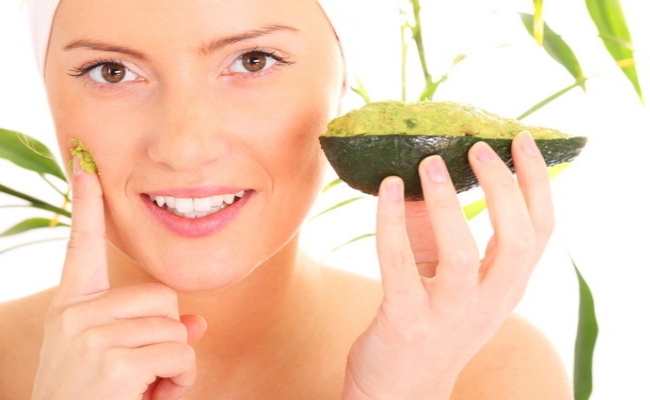
Pitta: Coconut
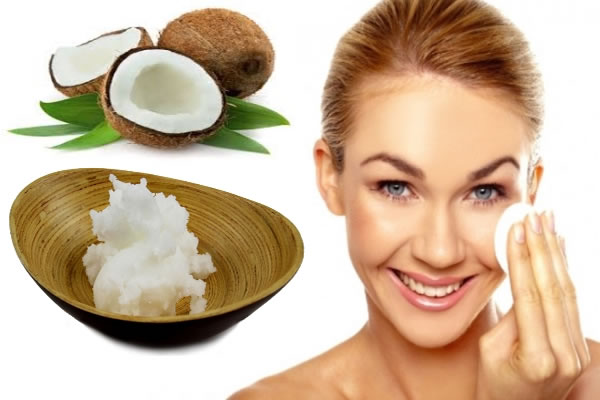
Kapha: Safflower or Grape seed
Scrubs:
Use a dosha appropriate scrub ingredient (dry) and binder (liquid) ingredient. Exfoliate 3-4 times during fall and winter and 1-2 times in the summer.
Vata: Sea Salt + Oil
Use 2 teaspoons of fine sea salt with enough oil to make a spread. Mix and apply in circular movements. Rinse off with warm water.
Pitta: Powdered Milk/Oatmeal + Water
Use 2 teaspoons of powdered milk or oatmeal. Add enough water to make a paste. Let thicken for 1 minute and apply to skin in circular movements. Rinse off with warm water.
Kapha: Cornmeal + Honey
Use 2 teaspoons of cornmeal, with enough raw honey to make a spread. Mix and apply with circular movements. Rinse off with warm water.
The Chopra Center
Banyan Botanicals Beauty Balm – Certified Organic
Shatavari & Rose Geranium to Moisturize & Soften Skin. Firms and rejuvenates the tissues, Moisturizes and softens the skin, Assists in gentle detoxification, Supports breast health, Nourishing and building formula.
Kama Ayurveda Nalpamaradi Skin Brightening Treatment
Natural skin Illuminator, De-tanning oil, and bridal beauty treatment
Bio-Science 30ml 100% all Natural Ayruvedic Organic Matrixyl Argireline Anti Wrinkle Anti-Aging Facial peptide Serum sustainable wild crafted DHEA ALA Hyaluronic Acid
Revolutionary 100% Organic Peptide Anti-Aging Serum, Amino Argireline & Matrixyl Peptides in 10/15% concentration, DHEA, ALA, Hyaluronic Acid, COQ10, EGF, Vitamin C, A & E, No parabens, No petroleum, No fillers, No WATER, No perfumes or dyes, and Voted “Best New Organic Brands of 2013 by Organic Spa Magazine”.
Kama Ayurveda Eladi Hydrating Ayurvedic Face Cream with Pure Essential Oils of Rose and Jasmine
Prevents acne, Reduces fine lines, and Deeply moisturizing
Brigitte Bailey Kaylee Poncho
Slip on the Kaylee Poncho and take your ensemble to a whole new level!
MICHAEL Michael Kors Bromley Flat Boot
Draw out some elegant drama when you enhance your wardrobe with this leg-lengthening style.

